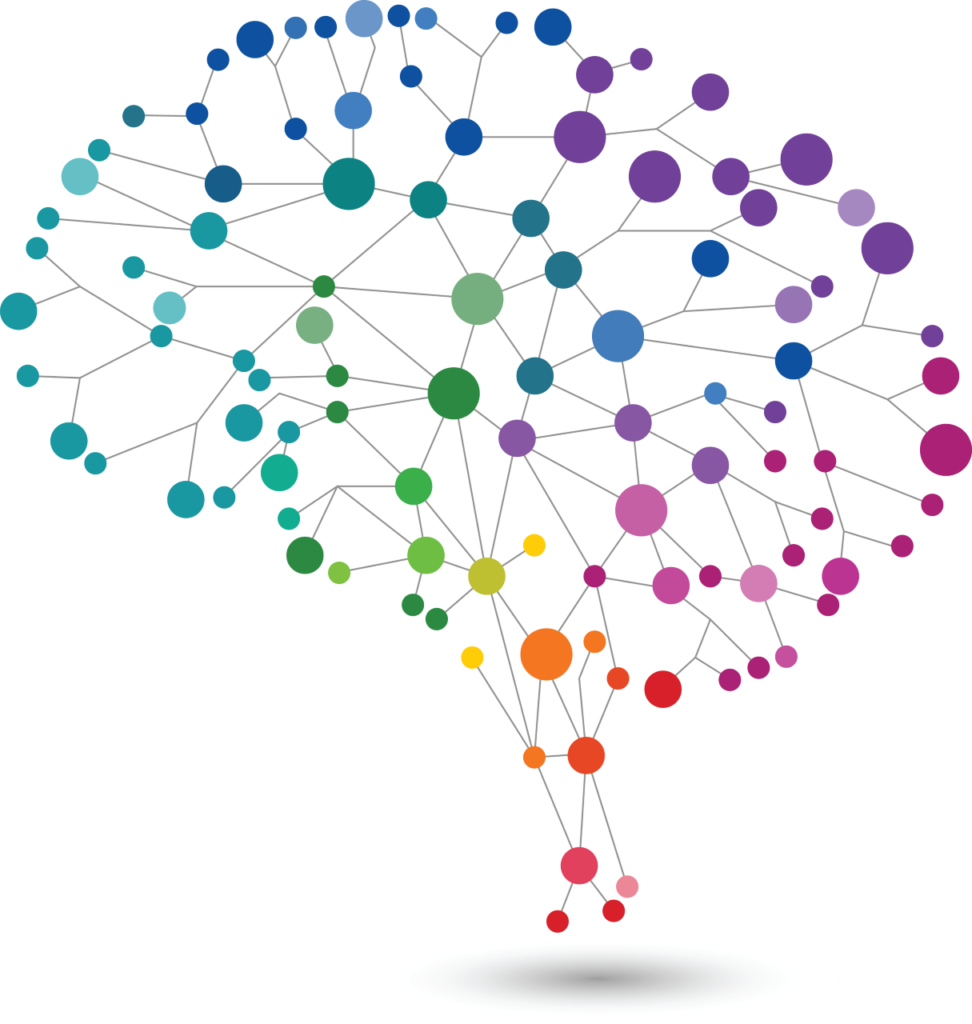Understanding Incentives and Deterrence: Not So Simple After All!
Imagine you own a daycare center and are dealing with a problem where parents arrive late to pick up their children. Your staff is getting frustrated, and you’re worried some of them may quit. How would you go about dealing with this problem? The assumptions that auditors, investigators, accountants, and others make about these types of problems have very important implications for the way they perform their work.
I pose dilemmas like this to my audiences that other researchers and I have used in actual scientific experiments, turning the audience members into quasi/imaginary participants. Then I review their answers against the actual participants and review experimental findings with them. When I pose this dilemma to my audiences, they overwhelmingly choose to institute fines for late parents. Many times, our ideas of how to modify other people’s behavior seem so intuitively correct that we set procedures in place and never look back. But it turns out that many times our assumptions of how other people will behave, backfire.
A study lasting twenty weeks was done on ten daycare centers trying to find a solution to this very problem. During the first four weeks of the study, researchers tracked parental lateness and found an average of eight late pickups per week, per daycare center. In the fifth week, a fine was instituted of $3 per incident if the parent was more than ten minutes late. Not long after the fines were enacted…wait for it… late arrivals more than doubled, shooting up to twenty late arrivals per week. This, of course, is the opposite effect of what my audiences predicted would happen. Making it worse, when the fines were removed, late arrivals didn’t return to normal, they remained at higher levels. What’s going on?
As it turns out, there are a couple of different psychological powers at play here. First is framing. Keep in mind that there are different types of incentives including economic, moral, social, and so on. If someone is viewing the situation in a moral frame and we add an economic incentive (positive or negative), the focus, and therefore the frame of the way we view the situation, turns economic instead of moral. Now we may say to ourselves “even though it made me late, attending that meeting was worth more than the cost of the fine.” Another psychological effect in this situation is a “crowding out effect.” Incentives like this have a direct (price/cost) psychological effect that makes the incentivized behavior more attractive, but there is also an indirect psychological effect. People may have an intrinsic incentive such as a moral position that’s important to them, or a reputational goal. An extrinsic (monetary) incentive can “crowd out” our intrinsic incentive. This is why adding monetary rewards to an activity we love can sometimes sour our feelings about the activity.
Some of my audience members have suggested that the fine should be increased to a point where it costs so much that the parents don’t dare be late. That starts to get complicated too because you are required to treat everyone the same and sometimes otherwise “on-time” parents have troubles. A few people have suggested pushing the kids out and locking the door behind them, but we’ll leave that alone. So, what works? It turns out that for most people, reminding them of the moral component is more effective than a monetary cost, while also having some reasonable limit on lateness before they lose privileges to use the service, or costs are introduced.
(references: Uri Gneezy and A. Rustichini Israel Institute of Technology- Journal of Economic Perspectives)



